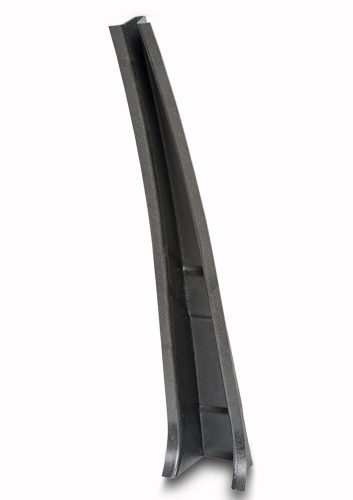
DLR (Deutsches Zentrum für Luft- und Raumfahrt) is Germany's national research centre for aeronautics and space. It performed the evaluation by designing and manufacturing four composite parts, including a double curved aircraft stringer, a complex automotive B pillar, and two generic chicanery parts.
The study was carried out as part of the TOP-Design (Tolerance Optimised-Design) Programme, funded by the Federal Ministry of Economics and Technology as part of the LuFo IV Programme. One objective of TOP-Design is to examine the capabilities of various software products for simulating carbon fibre reinforced plastic (CFRP) manufacturing processes and understand how to use these tools to get the most accurate flat patterns and, thus, the highest quality, lightest weight parts.
“FiberSIM is very robust software,” says Tobias Stroehlein, DLR’s programme architect for fuselage technologies. “We were able to do anything we wanted with it without crashing the CAD system. With FiberSIM, we were able to look at many ways to approach different strategies; it provided thousands of options for trying out different simulation types and geometries. We thought the multi-stage layup approach looked especially promising.”
In addition to having the highest combined score of any of the products in the three categories, FiberSIM was the best in simulation algorithm and design functionality, was considered the most robust tool, and tied another program for the top score in precision.





